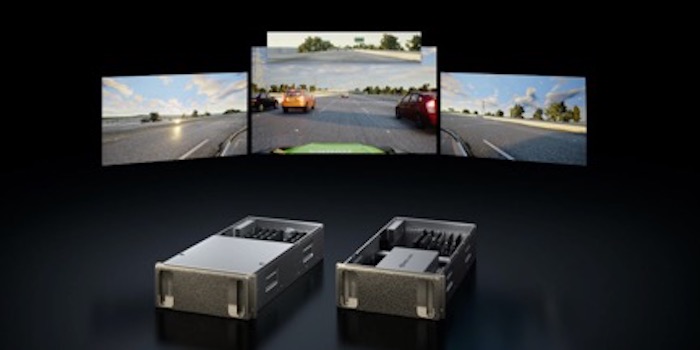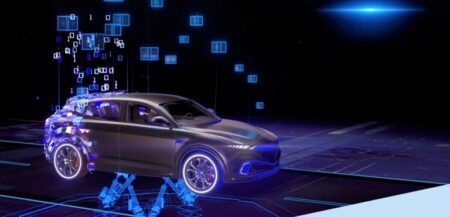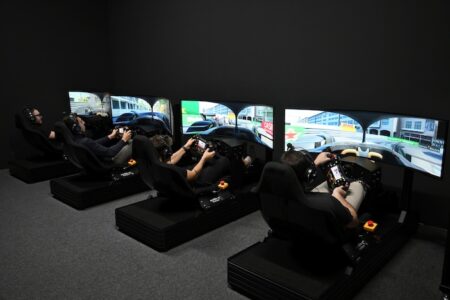Mechanical Simulation Corporation is making its vehicle dynamics models available on the open and scalable Nvidia Drive Constellation simulation platform, which is used for testing autonomous vehicles in the virtual world. According to the company, this move means that every aspect of driving — from how long it takes the car to brake, to how it performs on slippery roads — can be accurately recreated in the company’s CarSim vehicle simulation models, and combined with the detailed environment provided by Drive Sim.
Drive Constellation consists of two side-by-side servers in the data centre. The first server, the Drive Constellation Simulator, generates sensor output from the CarSim virtual car. The second server, the Drive Constellation Computer, contains the Drive AGX Pegasus AI car computer, which receives the data, makes decisions and then sends vehicle control commands back to the simulator. According to the company, this closed-loop process enables bit-accurate, timing-accurate hardware-in-the-loop testing and validation.
Drive Constellation is an open platform, with a programming interface that allows users or ecosystem partners to incorporate their environment models, vehicle models, sensor models and traffic scenarios.
Drive Constellation can simulate the environment, traffic scenario and behaviour of the target vehicle using dedicated models for each domain. The CarSim vehicle model simulates the motion of the car in response to control inputs such as braking, steering and suspension, as well as real-world conditions, like slick or bumpy roads.





